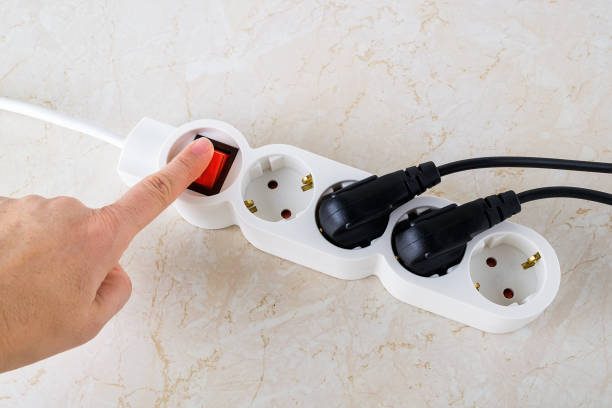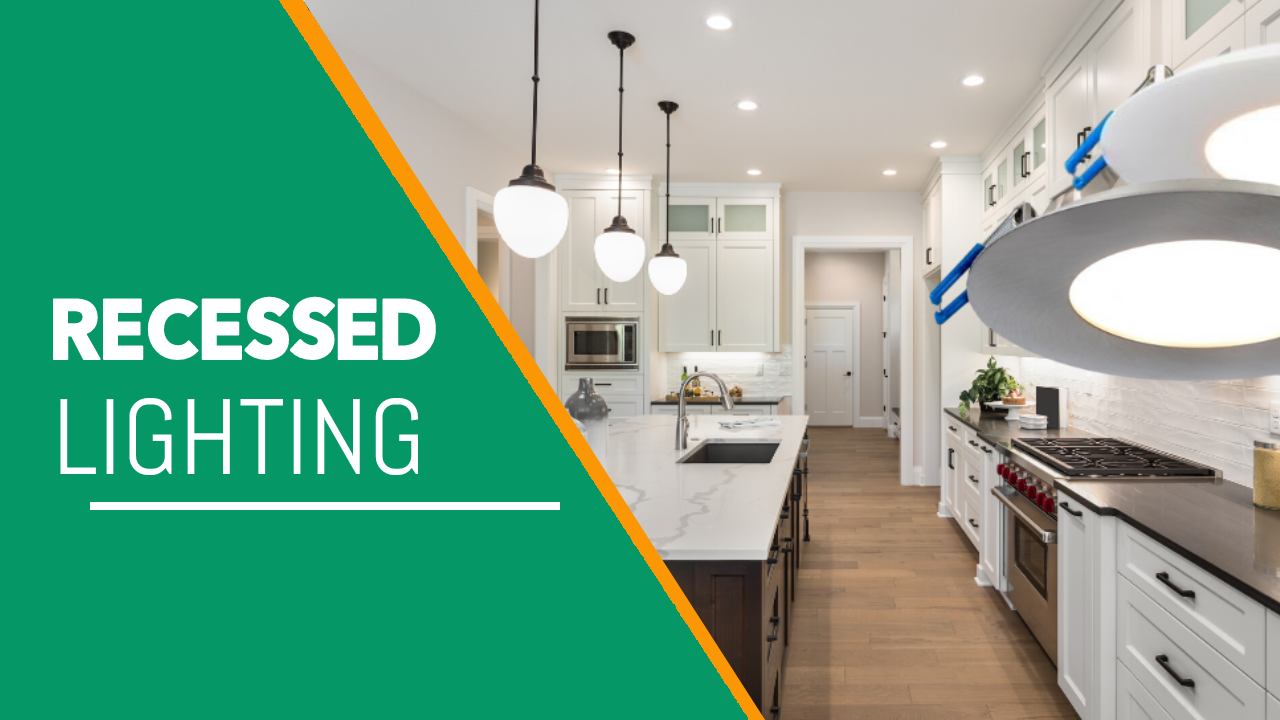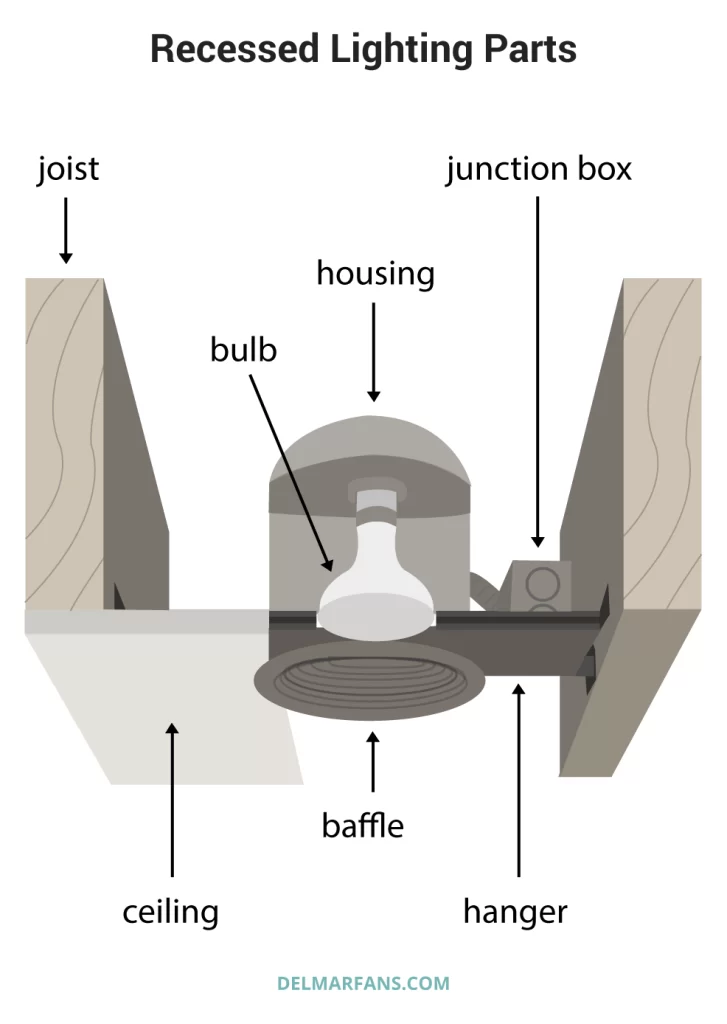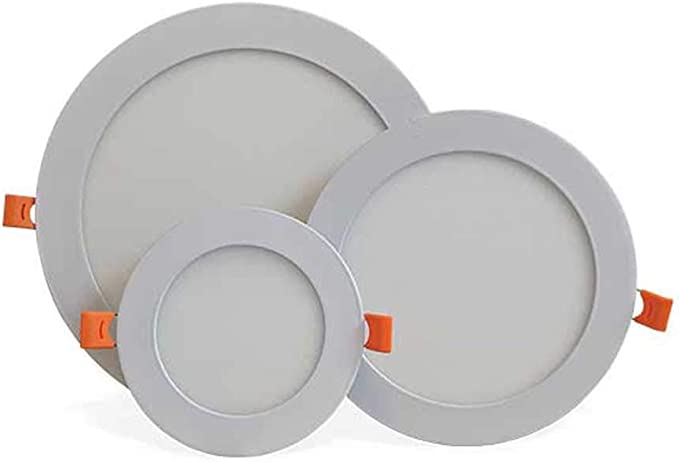
Explore common reasons why LED lights won’t turn on, from faulty wiring and incorrect installations to dead bulbs and power […]

Recessed lighting is a type of lighting which is directly installed and hidden within a surface, such as a wall, ceiling or any other type of surface.
The light is installed and integrated into a hollow opening in the surface to maintain a flat appearance and give the effect of light shining from inside the surface.
LED Brilliance Starts Here, Just $33. Shine Brighter, Save More!
Our Team of Experts Will Guide You Through The ESS Lighting Upgrading Process To Ensure You Achieve The Most Effective Energy Efficient Improvement Possible, GUARANTEED!
A Brighter Home, A Brighter Future!
These types of fixtures can increase the light output in a room, can highlight particular features such as artworks and can open up spaces and hallways to make them feel larger. The light fixtures use minimal space and focus all the light on the room or space.
The fact that they are easy to conceal makes them a great choice for settings with limited space such as closets, kitchens and rooms with low ceilings.
>> Shop Gimble Recessed Lights
Recessed lighting is an internal and concealed lighting with all its wiring beneath the surface, be it a wall or a ceiling.
Electric and control wires run through the surface towards the lighting reservation, to allow simple and direct connection when the light is being installed.
Multiple lights can be connected on a single cable, allowing them to be controlled by the same light switch. This means you could light up the entire room with just a single switch.
Other options may require installing different variations of color and installing switches for them, each dedicated to a particular color.
Recessed Lights generally have three main components:

➜ The Housing: this is the container for the entire recessed lighting that is fixed in the reservation. It houses all the internal components of the lamp, including the lamp holder that allows the secure fixing of the light to the surface.
➜ The Trim: this is the visible part of the lamp. It has a thin lining around its edges that may have different colors and designs and is inserted in the housing to improve the quality of light and to give the fixture a more appealing look.
➜ The Bulbs: this is the most important part of the recessed lights, the bulbs are fixed in the housing and produce light when powered. The kind of bulbs used depends on the amount of light needed and user preference.
>> Shop Recessed Sensor Downlight
➜ Recessed lights are space efficient. They disappear into the ceiling or wall making them perfect for compact spaces. Spaces that are narrow and rooms that have low ceilings can be effectively lightened without hanging or mounted fixtures that can further reduce the space.
➜ They are a perfect fit for aquatic settings such as aquariums and swimming pools. The installation can be made waterproof much more easily than for other kinds of lights.
➜ Most recessed lights are available with in-built LED bulbs which make them energy efficient. This allows you to reduce the energy consumption and ultimately the electricity bill.
➜ Recessed lights are versatile and can be installed in every location. Whether indoors or outdoors, there is always a recessed light option to use, and the variety of color outputs give you more control.
>> Shop Outdoor Recessed Wall Light
➜ Recessed lights only cover a specific area, which means multiple lights may have to be installed to ensure full coverage especially in large rooms.
➜ They can be difficult to install because they might require drilling, especially on hard surfaces. The wiring may also be an issue if not thought through during the construction of the building.
➜ Improper installations may lead to gaps between the light and the surface, which can eventually cause air leaks. This is more detrimental in aquatic settings.
➜ Very few options allow for directional or focus abilities, therefore it cannot be used as a task lighting such as lighting over a workbench or kitchen island
Recessed lighting is available in different types based on multiple features and intended functions. Below is a breakdown of the various categories and what they entail.
This category of recessed lights offers different options based on the way they manage heat.
While recessed lights are very useful and offer several advantages, there are scenarios where the surface is too shallow, requiring low profile and standard profiles .

There are a few factors to consider before you buy recessed lights for your home. There is a wide variety of types with different purposes and functions for each, so you need to make sure you buy the exact type that matches your requirements. Some of the considerations are:
The light bulb of your recessed light fixture is the most important part of the product, and needs to be carefully selected.

There are different types and variations for you to choose from and it mostly is a choice of personal preference. Here are a few things to keep in mind when selecting the right bulb.
➜ The color temperature: the color temperature of a room affects your mood and productivity so make sure the light you select has the proper temperature. Warm lights are more relaxing while cooler lights are more suited for working.
➜ The bulb type: you can choose between halogen, incandescent, CLF or LED lights. However, LED lights are the most energy efficient and offer more color temperature outputs.
➜ Dimmable: there are dimmable and non-dimmable options. Dimmable lights give you control over the brightness and intensity and are perfect for bedrooms and living rooms, however, they are more expensive. Non-dimmable light are only operated via the on and off switch, however they are cheaper.
Being the only visible part of the lighting, the trim has an important role in giving the fixture elegance and style. . A square trim has a modern look while a circular trim has a more classic aesthetic.

However, it is important to consider the location of the lighting when selecting the trim. Here are some specific conditions:
➜ Wet location trims: for areas that have water such as aquariums, swimming pools, saunas and showers, you need a trim that has a high waterproof rating.
➜ Adjustable and fixed trims: adjustable trims are ones whose angle can be changed, they are suitable for sloped ceilings or washed walls, whereas fixed trims provide light in a straight line and can be fixed anywhere.
➜ Open reflector and Specular trims: open reflector trims emit light at the highest intensity and are suitable outdoors while specular trims reduce glare and can be installed in hallways or bedrooms.
Installing recessed lights can seem complicated, but with the right set of tools and guidance, it is a simple and straightforward procedure. This guide will give you all the knowledge you need to successfully install your recessed light.
Tools
Materials
Steps to installing the lights
The most challenging step of the installation is the electrical scope . If you don’t have enough knowledge or experience completing this task, you should hire an electrician to do it.
Installing Recessed Light: Credit @thisoldhouse
Recessed lights require some installation works , hence there are a few things to keep in mind when deciding which light to choose. The major factors to consider are the available space and the access to the surface.
If the building is under construction, the work would be much easier because the installation gets implemented based on the designs gradually with the other construction works.
For sealed and completed walls and ceilings, the material used for the surface affects the type of fixture you choose. If the surface is insulated, you will need a light that will not overheat, such as an IC-rated recessed light.
If you have thin walls, you might consider recessed lights with shallow housing. Pitched ceilings require angled fixtures to effectively illuminate the room. For outdoor lighting, choose fixtures that have a relevant waterproof rating and ensure the installation is air tight.
Having the right tools and skill set to complete the installation is important , but providing a good design is of the essence for the final effect of the lights on the space. Here are a few design tips to make you lightings look elegant:
➜ Lack of installation knowledge or experience: whether it is electrical knowhow or the proper opening of the reservation in the surface. People encounter different problems when installing the lights.
Solution: it is advisable to hire a professional if you have any doubts regarding aspects of the installation process, just to be on the safe side.
➜ Lights not bright enough: People often install lights that don’t provide the intended illumination levels or outputs.
Solution: you could replace the bulbs with ones that have more lumens as this will increase the light intensity. The reverse case applies to lights that are too bright. You could alternatively install dimmable lights which can be adjusted based on space requirements.
➜ The light fixed in the sauna, swimming pool or aquarium has water in it.
Solution: you need to replace the trim with a water resistant alternative, which will prevent water from entering into the fixture.

For maintenance and repair purposes, the recessed lighting fixture may either be supplied as a complete single component which is fixed and used or as a modifiable product that allows you to plug in your light bulb.
If you have the compact single component option then you have to replace the entire fixture when the light is damaged or reaches the end of its lifetime, since most manufactures don’t sell repair parts.
However if your fixture has the option of plugging your selected light bulb, then the maintenance becomes much easier by simply changing the bulb when it’s damaged. The complete fixture may be harder to replace when damaged.
Recessed lights solved a lot of problems and allowed the introduction of light into places we previously could only imagine.
With a market that offers numerous manufacturers and multiple options, choosing the right fixture can be a complicated task. This guide can help you through the process, from the planning phase to purchase, to installation and to when you finally switch on the light.
Keeping energy efficiency in mind: While LED bulbs save energy, keeping them on all the time is counterproductive. Make sure to switch off all the lights you are not using in order to reduce energy consumption and to save money on electricity bills.
LED Brilliance Starts Here, Just $33. Shine Brighter, Save More!
Our Team of Experts Will Guide You Through The ESS Lighting Upgrading Process To Ensure You Achieve The Most Effective Energy Efficient Improvement Possible, GUARANTEED!
A Brighter Home, A Brighter Future!